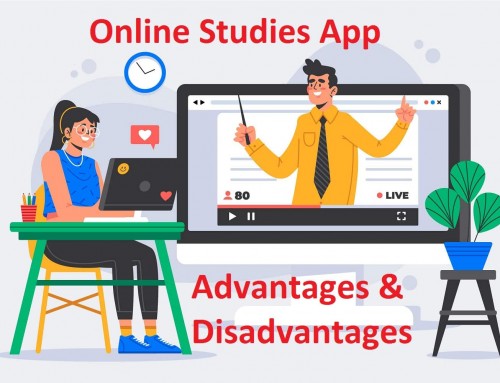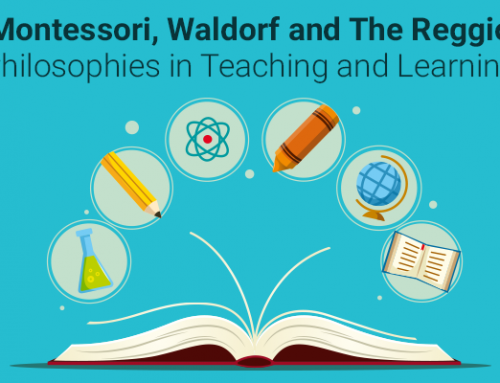Advantages of E-Learning for Teachers
This is the era of e-learning. Electronic learning, colloquially known as e-learning utilizes electronic media like the internet as learning aids. An interconnected society in this day and age means that teachers must learn to adapt in order to harness the advantages of this media to improve student’s learning outcomes.
E-learning Increases engagement
The advantages of e-learning in education are many, chiefly an increased engagement among students. Electronic content that is interactive and visual, for example, movie clips, documentaries or even online quizzes are used to appeal to millennials that have grown up using a digital platform. As they have a greater engagement with a topic, they become more adept at achieving better learning outcomes. This solves a teacher’s conundrum on ways to make a very dry subject interesting for student consumption. The human brain has been proven to retain information better when presented with interactive text or images rather than typical textbook style learning.
E-learning can easily adapt new information
E-learning also has the benefit of adapting or incorporating new content and information easily into a classroom syllabus. With a textbook, new information needs to be updated with newly reprinted books but with the speed of progress, a new discovery can now be highlighted and brought to the attention of the students. It teaches students that the world is ever changing.
Flipping classroom method
Uses of e-learning in education are only limited by our imagination. A common method employed by many educators is the flipping classroom. Here students learn new topics using electronic media at home and classroom lessons are used for going through the new topics and reinforcing or testing what they just learned with guidance from teachers. This way, they get to absorb information at home at their own pace, while teachers use class time to answer questions together, maximizing time for both parties. This also sharpens students’ skills at self-learning to a point that they can have more freedom. This versatility greatly introduces a mature mindset in students to be more explorative.
Customized support for educators
Another way e-learning can be used to improve learning outcomes is by providing support for teachers who can now focus on students who need extra attention while more proficient students continue with the e-learning content such as on a tablet or computer. This reduces the risk of boredom and accidental neglect.
Developing collaborative learning
E-learning allows for the development of collaborative learning by sharing resources not only with classmates in a physical room but also with an international community of students. This presents a great experience for students to gain perspective from those who are thousands of miles away, creating a more open and curious mindset.
The importance of e-learning in education cannot be understated. With information at our fingertips more so than any time in history, it’s imperative that educators fully utilize current technology to spur learning outcomes and help students grow. The era of one-way, textbook teaching is no longer practical and will probably result in learners getting left behind. The power of technology is making learning so much easier, and will probably one day take over the role of a teacher. But for now, it is sufficiently capable of making education more fun and fulfilling.












